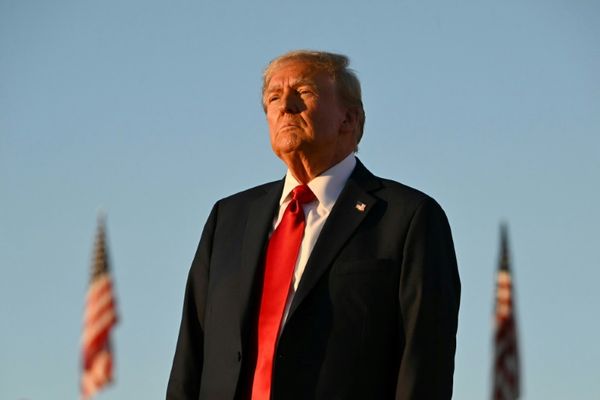No matter how inevitable or meticulously prepared for, the death of Queen Elizabeth II on September 8 at her home in Balmoral Castle in Scotland has sent Great Britain into a period of major unrest.
Operation Unicorn, or the name given to the period between the death, the funeral at Westminster Abbey and subsequent coronation of King Charles III, is already underway while the British economy also grinds to a halt for the mourning period.
But along with the elaborate transition from a monarch who has ruled for seven decades, there is the question of inheritance. Royal wealth notwithstanding, Queen Elizabeth II leaves behind approximately $500 million in personal net worth and an extensive personal art, jewelry and real estate collection.
While a vast majority of the royal family's $30-billion-plus wealth is split between different houses and holdings, the Queen personally was worth an estimated $500 million due to everything from inheritance from her father King George VI, an annual salary from a taxpayer fund known as the Sovereign Grant and investments that accrued value over generations.
Who Gets All Those Castles And Jewels?
Properties like Buckingham Palace are owned by the Crown Estate, a royal corporation that manages "the powers of ownership" on properties that then get passed on to whoever is the ruling monarch.
The Queen's personal assets include properties like Sandringham House and Balmoral Castle, where the Queen loved to spend her time and passed away on Thursday.

KIRSTY WIGGLESWORTH/AFP via Getty Images
Unlike with a regular family fortune, such estates do not get divided in a will but get passed on directly to King Charles III in a sovereign-to-sovereign transition.
Other members of the Royal Family are out of luck while the new King Charles III will not have to pay inheritance tax on things inherited through the sovereign transition due to a legal clause drawn up in 1993.
As first reported by Fortune, the 96-year-old monarch left behind not just estates but an extensive collection of jewels, artwork, horses, antiques and even a Fabergé egg.
Much of the jewelry worn by the Queen at ceremonial functions over the years are part of the Crown Jewels, more than 100 objects or 23,000 gemstones displayed at the Tower of London.
These include the St. Edward’s Crown used for coronations since King Charles II in 1661 and the Girls of Great Britain and Ireland tiara that was gifted during the 1893 wedding between the future King George V and Queen Mary.
A large part of the items in the Crown Jewel collection were collected during Queen Victoria's time and the expansion of the British Empire and some, like the Koh-i-noor diamond, have faced renewed calls to be returned to their original owners in India.
The Crown Jewels do not belong to any one person but are part of the monarchy and kept for use by whoever is the ruling sovereign.

Stuart C. Wilson/Getty Images for Ascot Racecourse
Inheritance Taxes And Sovereign Transitions
While only the most meticulous historians and bookkeepers will be able to separate the crown's jewelry from the personal, the Queen did own a large number of personal crowns, necklaces, rings, earrings and other jewels that were either inherited or given to her personally from family members.
Some of these personal items, such as the 1,333-diamond Diadem made for King George IV in 1821, were well-recognized due to often being seen on the Queen during state functions. A part of her personal jewelry collection was also on display at Buckingham Palace last summer.
"She would have things she would want to gift to her loved ones and it makes sense to give them something she knows they will like," royal commentator Josh Rom told the New York Post. "There is one thing worth noting, though. If they are left these things in her will they will have to pay inheritance tax on what she has left them.”
The British inheritance tax amounts to 40% of the item's value.







